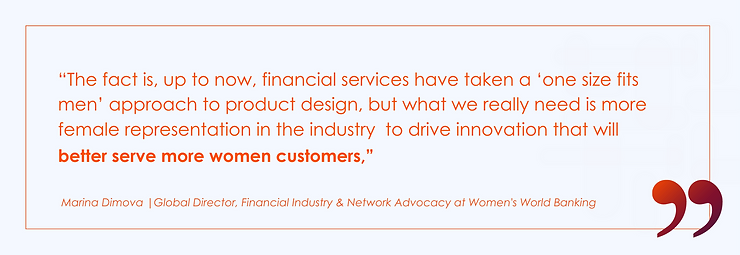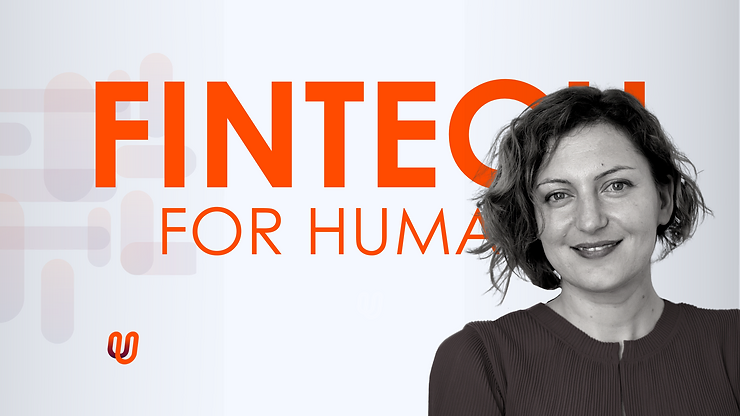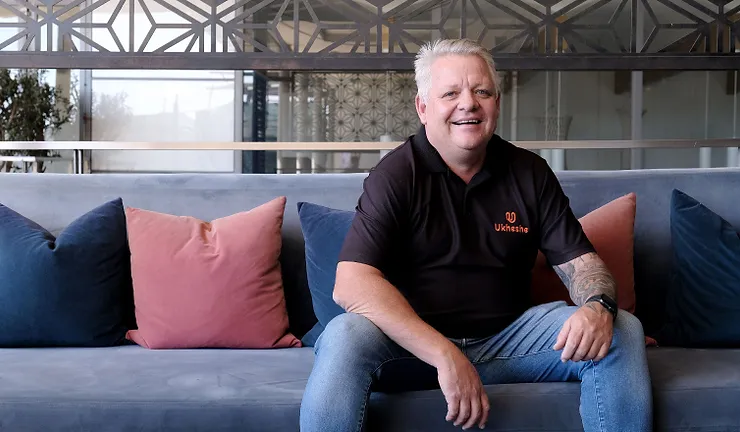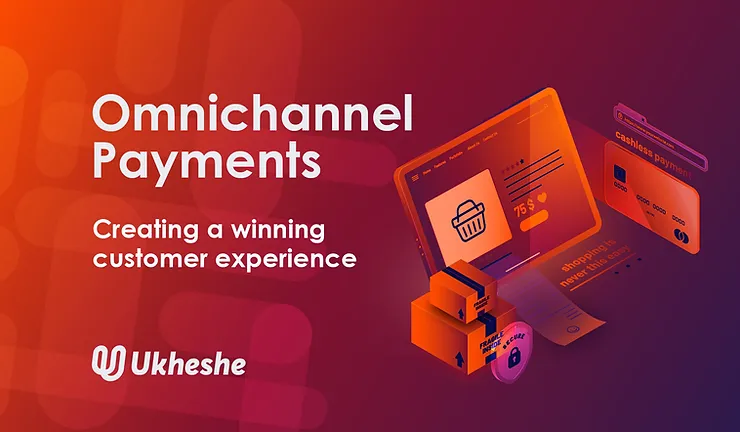There are many statistics that illustrate how far women have come in breaking through the upper echelons of the financial services sector, how much funding they have secured for their start-ups, and how much money their businesses generate or turn over. Taken in isolation some of these numbers are impressive, but taken in context, the same figures as a percentage of what men have achieved in the same field, then they paint a different story.
By way of example, in 2021, female-founded start-ups in the US raised USD$6.6 billion in funding. While this is a massive amount, it represents only 2.1% of venture capital (VC) investment. The rest, we assume, went to male-owned businesses.
One person who is advocating to change this is Marina Dimova. An economist who moved into product design that is human – and specifically women-centred, she is now working in an advocacy role with Women’s World Banking and is calling for greater financial inclusion for women. Today, in the 21st century, one billion women globally remain unbanked or underbanked, and therefore outside the mainstream of economic activity. With the advent of online fintech services, mobile and data-driven products, this is now easier to change. Or should be.

“The fact is, up to now, financial services have taken a ‘one size fits men’ approach to product design, but what we really need is more female representation in the industry to drive innovation that will better serve more women customers,” says Dimova. She believes that without more female founders in the fintech sector, there will be little movement in the growth of women-centred products. As a designer, she is a great proponent of diversity within organisations, not just of gender, but of other factors that drive creative thinking.
“Diversity is a rich space for innovation,” she says. Without diverse points of view contributing to new product development, there will be no change in vision, or consideration for the needs of the marginalised, in this case women. Having a homogenous, same/same outlook in creative teams stymies creativity and leads to stagnation. “There is a direct link between diversity in the workplace and diversity in product development,” Dimova says.
Dimova’s goal is to inspire and support more female founders of fintech companies, but the gender gap is still wide. One of the challenges is women’s reticence in pushing their ideas forward early on. “Women tend to be more cautious when pitching their products to investors, giving them longer odds than men,” Dimova tells us.
When women pitch their ideas to investors, they often do it with less confidence and assertiveness than their male counterparts, and which often makes it harder to convince potential funders of their capacity to start and run a new business. “Fintech is a combination of two of the most male-driven industries, namely finance and technology, and therefore it’s tough for women to break through,” says Dimova.

In parallel to identifying and supporting women leaders in the fintech sector, it is also important to educate finance houses and investors. The onus cannot only be on female founders, but there needs to be a deeper understanding of the role women can play in the growth of the fintech space, and how they can bring in an entirely new perspective and customer base.
Women’s World Banking is working to change the entire fintech ecosystem, to drive women’s financial inclusion. One of their initiatives is the Fintech Innovation Challenge which identifies and highlights fintechs that share their vision – serving the low-income women’s market. Even though only 1% of fintechs are funded by women, The Fintech Innovation Challenge has strong traction among female founders, with 66% of fintech applicants being women-founded. “In the coming years, we would like to see more male founders recognising the business opportunity in the women’s market and entering the Fintech Innovation Challenge”, says Dimova.
The Female Founder’s Circle is another initiative of Women’s World Banking to support female fintech founders. It is a community of female founders who come together to share, learn and support each other, and Dimova hopes that the community will continue to grow and more idea and experience sharing can happen.
“If our aim is to better serve women customers, we need to grow the number of women in the fintech ecosystem,” says Dimova. “This is not innovation for innovation’s sake, it’s about making more women the creators and users of financial services.” Fintechs working to provide solutions to underserved, low-income women should consider joining Women’s World Banking’s Global Network. This exclusive group of more than 68 financial services providers from around the world come together as a Global Network to share best practices and leverage their expertise to acquire, activate, drive usage and retain their women customers. Find out more, including how to join, here.





